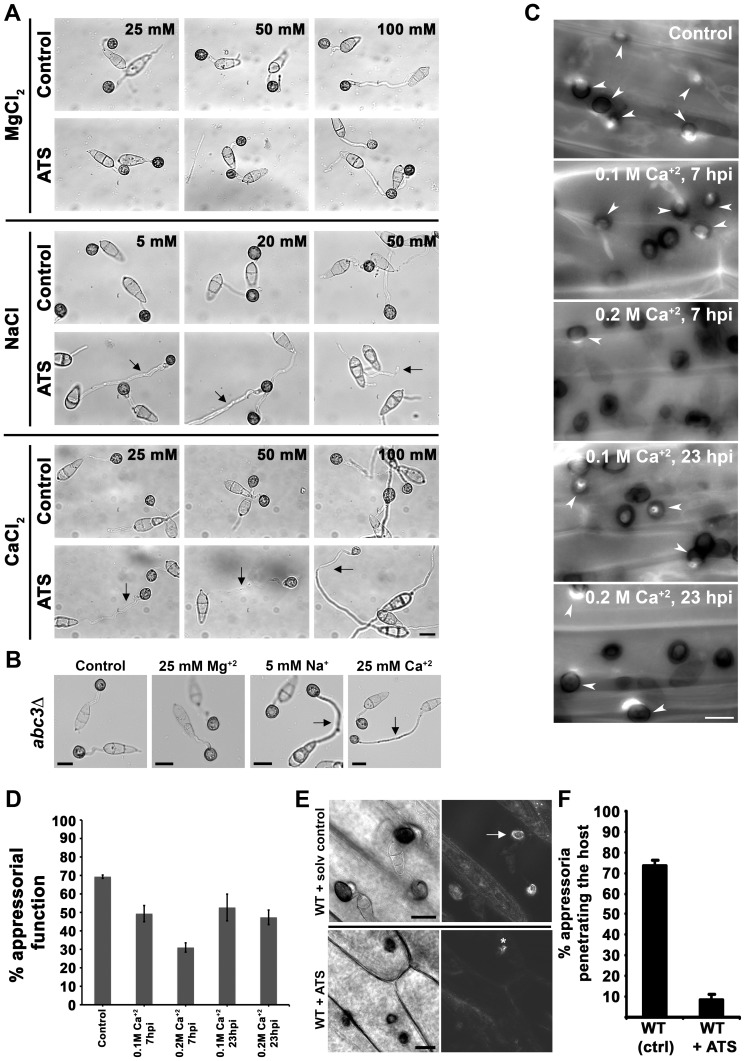Figure 4. ATS plays a role in ion homeostasis during pathogenesis in M. oryzae.
(A) ATS increases sensitivity of wild-type M. oryzae towards specific cations. Excess or permissive concentrations of Ca+2, Na+, or Mg+2 ion were added to the germinating wild-type conidia in the presence or absence of ATS. Arrows show delayed appressorial development (longer germ tubes) in the presence of ATS, which was otherwise seen only in the presence of excess concentration of the ions under control condition. Bar = 10 µm. (B) Sensitivity of the abc3Δ towards permissive concentratios of indicated cations. Arrows indicate delayed response in terms of longer germ tubes. Bars = 10 µm. (C) Effect of excess Ca+2 on appressorial function/host penetration efficiency in M. oryzae. Penetration efficiency was evaluated at 28 hpi by staining callose deposits with Aniline Blue. Arrowheads depict appressoria successful in host penetration. Bar = 10 µm. (D) Penetration efficiency of the appressoria was calculated as % appressorial function at 28 hpi. Data represent mean ± SEM from 3 individual experiments (n = 100 each per replicate). (E) Rice leaf sheaths were inoculated with wild-type M. oryzae in the presence of residual solvent or ATS for 24 h, and stained with aniline blue (right panels) for induced callose deposits (arrow) underneath the sites of host penetration (appressorial function). Asterisk shows occasional callose deposition. Bars = 10 µm. (F) Quantification of appressorial function at 30 hpi. The data represents mean ± SEM from 3 individual assays.

